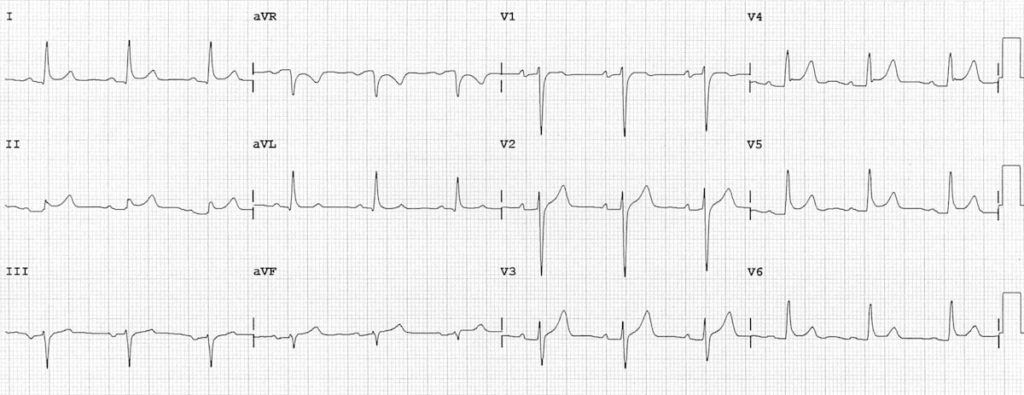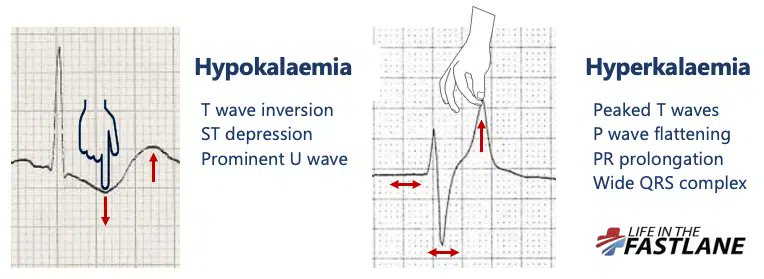Studying for medical exams can be challenging.
Here are some of my notes I used to study for the IM Boards. Also high-yield for Step 2 CK!
Part #22: Dermatology: 5 High-yield facts! #arjuncardiology #medtwitter #MedEd #IMG
Here are some of my notes I used to study for the IM Boards. Also high-yield for Step 2 CK!
Part #22: Dermatology: 5 High-yield facts! #arjuncardiology #medtwitter #MedEd #IMG

• • •
Missing some Tweet in this thread? You can try to
force a refresh

 Read on Twitter
Read on Twitter
























